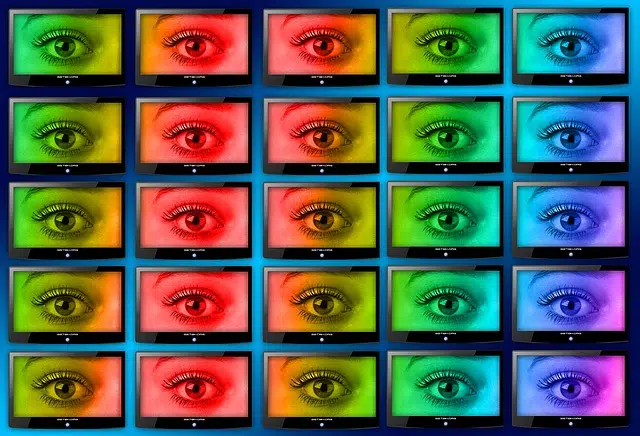
Video art combines sound and moving images.
Video art is a concept that is not part of the dictionary of the Royal Spanish Academy ( RAE ). It is a movement that began to develop in the 1960s and consists of creating artistic manifestations through moving sounds and images .
Video art can be recorded or captured in different ways. There are works that are recorded and distributed on media such as DVD , for example. There are also video art performances that take place live , combining videos, music and sounds in different ways.
It is complex to define video art or limit its scope, since it can manifest itself in multiple ways. This modality may or may not have dialogues, use actors, use recordings, rely on live music or be based on screens. Its main feature is the use of moving images and audio.
Origin of video art
The origin of video art is linked to the intention of finding an artistic or aesthetic application of the media . In this way, a television stops being a device for transmitting news , sporting events or movies and becomes a device that displays certain images arranged by the artist.
There are numerous artists who have managed to become a true reference within video art. Specifically, among the most significant we can highlight some such as the following:
-Nan Hoover (1931 – 2008). She was an American-Dutch creator who is considered a true pioneer of video art. Among his most significant works are “Fields of blue” (1980), “Color pieces” (1980) and “Light and Object” (1982).
-Eija-Liisa Ahtila (1959). She is a Finnish video artist who has been recognized internationally thanks to works such as “Consolation Service” (1999), which won an award at the Venice Biennale, or “The Wind” (2006), which won the Artes Mundi Prize.
-Jordi Colomer (1962). He is a Spanish artist who has managed to become a reference in his country, but also outside of it. Among his most significant works are “En la pampa” (2008), “Arabian Stars” (2005) or “No future” (2006).
However, along with these there are many others such as Vito Acconci, Bruce Nauman, William Wegman, Colin Campbell and Chantal Akerman.

Video art usually uses screens.
Organizations and specialized groups
In the same way, we cannot ignore that there are numerous groups and organizations that have specialized in this type of art and that are dedicated to promoting it, promoting it and giving it the prominence it deserves. Specifically, we can highlight the Demolden Video Project (Santander – Spain), The Experimental Television Center (New York – United States), Julia Stoschek Collection (Düsseldorf – Germany), AEC Ars Electronica Center (Linz – Austria), Duncan of Jordanstone College of Art and Design (Scotland) or ZKM Center for Art and Media Karlsruhe (Germany), among others.
Unlike film, video art may not have narration . This means that video art does not set out to tell a story , but rather to transmit a concept or generate sensations. Therefore, beyond the fact that its formal characteristics bring it closer to experimental cinema or television, experts usually link video art to painting and photography due to its intention.
